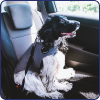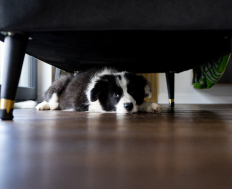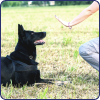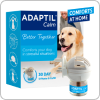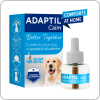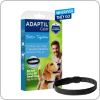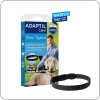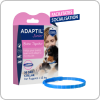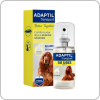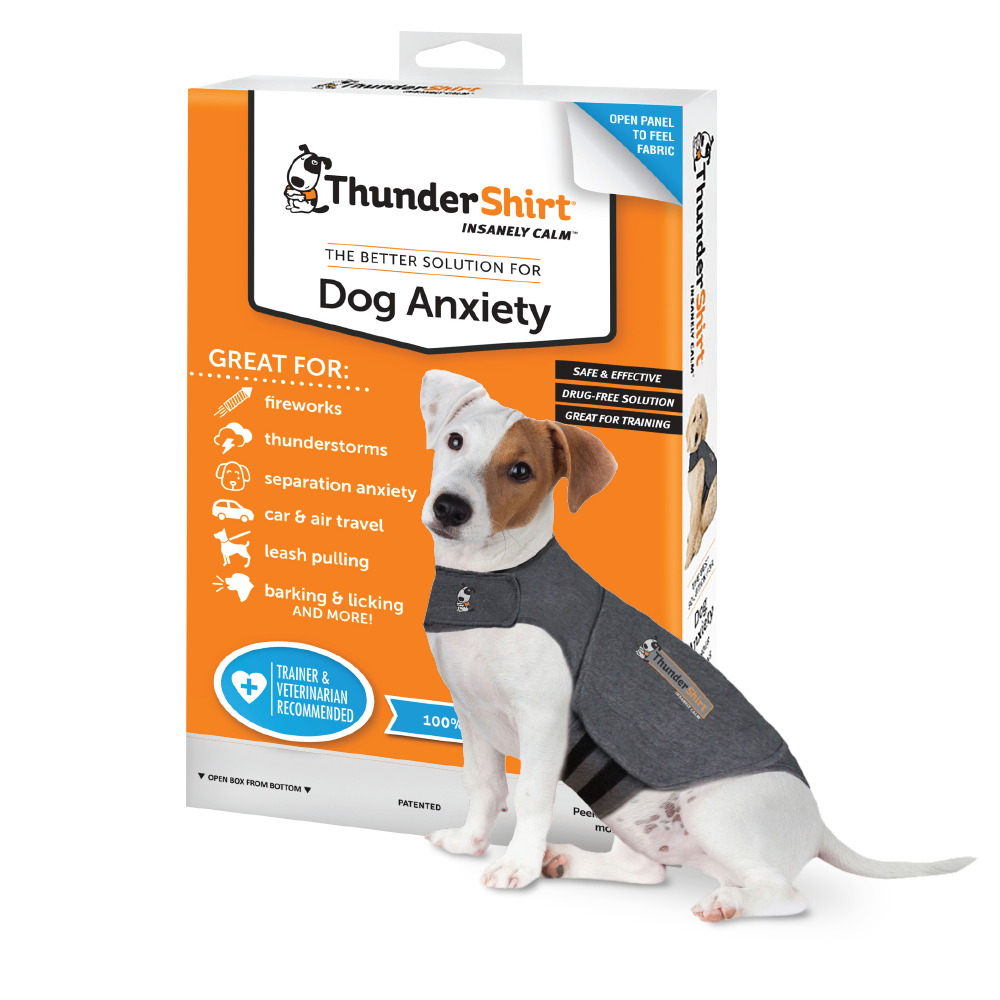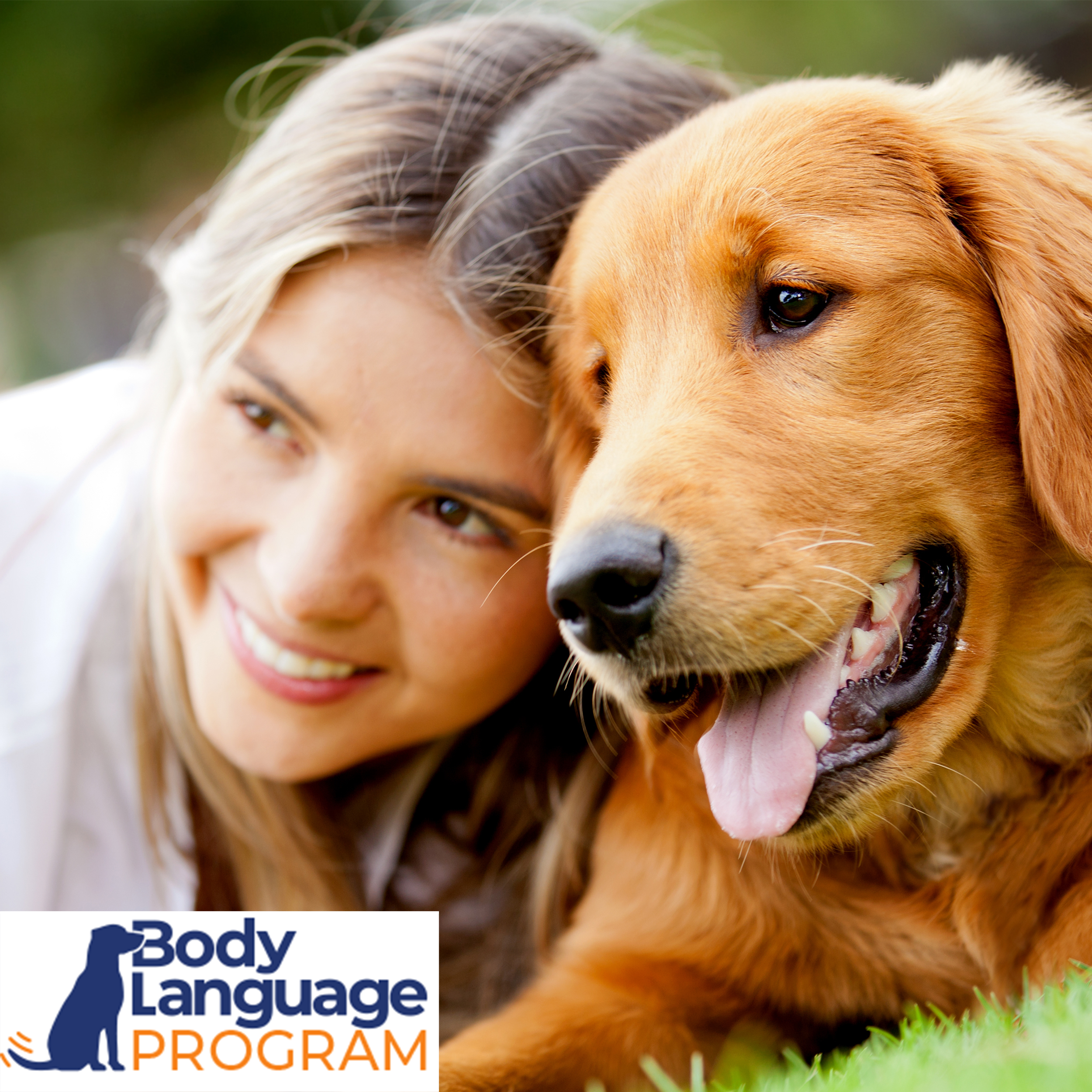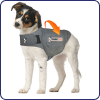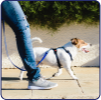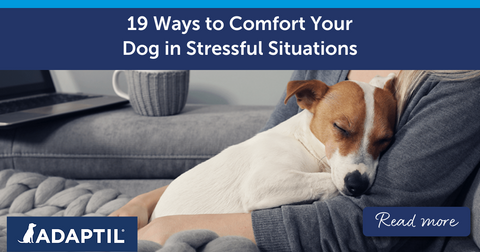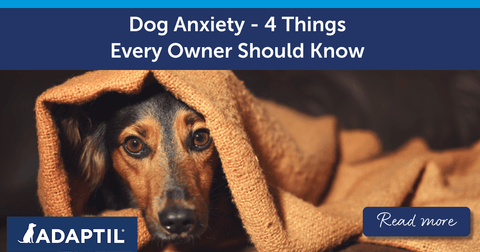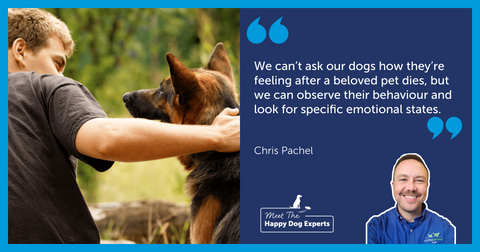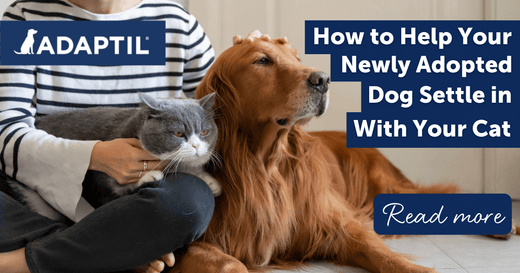
How to Help Your Newly Adopted Dog Settle in with Your Cat
So, you have decided to welcome a new dog into your home and are a little nervous about how they will settle in. Your new dog may be a little nervous when you first bring them home - after all, they have a lot to adjust to - new home, new environment, new smells and noises, new human parents and a resident cat!
Be assured, not all dogs and cats chase each other like in Tom and Jerry cartoons! They can live very happily together and often become the best of pals, but it's best to make introductions slowly and calmly to help each pet to co-exist on their own terms.
In fact, recent research shows that 7% of UK households own both a cat and a dog; 7.8% of residents of Sydney, Australia, owned both species and similarly, 7% of the residents of Teramo, Italy, owned both species.
HOW TO HELP YOUR NEWLY ADOPTED DOG SETTLE IN WITH YOUR CAT
Prepare your cat!
Think about the breed of dog your cat might get along with! Some dog breeds are more likely to chase cats, such as terriers or hounds, so choose a breed that is more likely to make friends with your cat, like a golden retriever, beagle or shetland sheepdog.
-2.jpeg)
Before you bring your new dog home, make sure your cat is well and in tip-top condition. If they are feeling under the weather for any reason, this may heighten any anxiety they may have. Also, consider the possibility of any female unneutered cats being pregnant, which may make them feel more protective of their environment and less tolerant of any changes.
Before introduction, ensure your cat has a safe area they can retreat to. Cats like to be able to escape to an elevated spot, such as a shelf. A cat's natural instinct is to view from up high, as it allows them to escape from any perceived danger, and assess the threat from a position of safety.
A few days before your new dog's arrival, swap some of your cat's bedding with your dog's bedding - this will allow them to smell each other before the big 'meet'.Placing the bedding in the area the cat spends a lot of time means they can investigate it on their own terms without stopping them from wanting to rest in their favourite place!
Introducing your cat to your new dog
- Keep them in separate rooms if possible at the beginning so that they can get used to new smells and sounds around the house.
- Allowthe new pupto explore the rest of the house alone to start with - cats like to mark their territory, rubbing against furniture legs or other horizontal surfaces and, with their super sensitive noses, dogs will be able to detect where your cat has been. This will make the face-to-face introductions easier.
- Make sure your cat's food and litter tray is not accessible to the dog. Dogs and cats are very curious animals, but cats are notoriously bad at sharing their resources, so will not take kindly to a dog intruding!
- Choose a time for a physical meeting when your cat is having some downtime (maybe after it has been outside exploring for a while) and when your dog has used a lot of their energy on a walk or chasing a ball, for example.
.jpeg)
- Make sure your cat has access to their safe place if they decide they want to make an exit. Don't try and force them to become instant friends - this will take time and patience!
- If your dog decides to chase the cat, try to remove them both immediately - even though your cat will probably retreat very quickly, you don't want this to become the norm when they meet, and a fleeing cat is very tempting for a dog to chase! Putting a lead on your dog when you make the first introductions will help you control any such situations.
- Putting a stair gate between two rooms might help with first introductions - they will be able to see and smell each other but have no physical contact until you are confident they are both ready.
- If your dog is crate trained, you could allow your cat into the room to explore and get used to having a dog around. Your next step would be to allow the dog out of the crate, but on a lead so that you still have control of the situation.
- Watch out for their body language! Dogs are amazing at staring and this is usually a sign of affection when they stare at us humans. But cats don't see it that way - in fact it is the opposite - and they see staring as a sign of aggression!
- If you see any signs of nervousness or anxiety in either your dog or cat, remove them from the situation and keep them apart for a while. Try again when you think both your dog and cat are calm, but reduce the level of introduction (eg. place a barrier between them, or increase the distance between them).
-3.jpeg)
- Limit the interaction between them both to short periods, and of course only increase the time they spend together at a pace that both of your furry friends are comfortable with. Always be positive when they remain calm, giving them rewards (whether it be treats, a stroke, or playtime with their favourite toy) - then they will have good associations of their time together.
- Don't try to rush them into becoming friends! It may take time for them to become comfortable with each other, but when things are going in the right direction, you can start to allow them to spend sometime on their own, but always keep an eye on them in case you need to intervene.
- Only when you are confident they are comfortable with each other should you leave them unattended - but always ensure that the cat has an escape route or a high shelf!
Regular doggy exercise, training and patience on your part will be required when you bring your new dog home as they learn about their new family and routine, and it may take time for them to settle in with your cat - after all they both have to learn how to live with another species! Patience will often win out, but if you are concerned about either your dog or your cat and their relationship, consider getting them checked out by a vet or a qualified behaviourist.
If your canine pal still needs a little support, an ADAPTIL Calm Home Diffuser can help your dog feel confident and secure at home - and help them cope with changes such as settling in with your kitty! And just so you can be sure your cat and dog can live in harmony, a recent study from the University of Lincoln supports that the calming effect of ADAPTIL can help them to get along.
